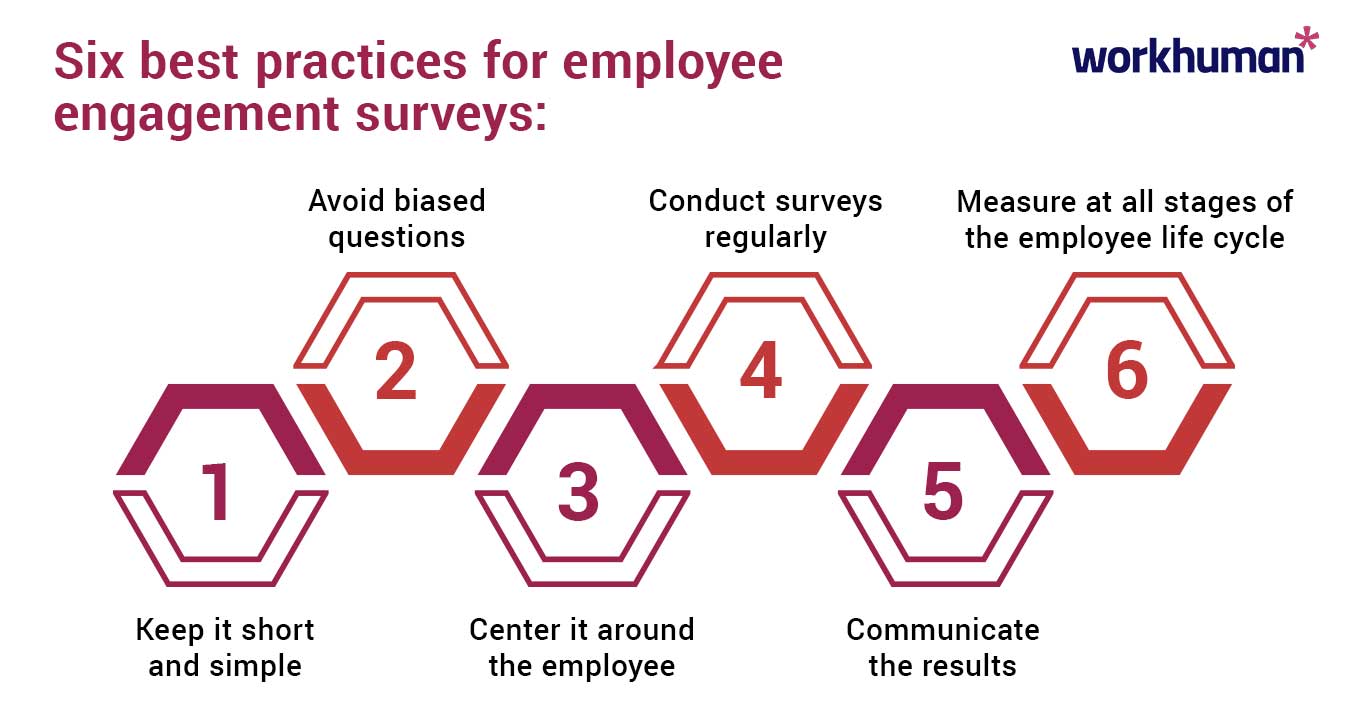Trust in Leadership: The Keystone of Effective Management

Unfortunately, many organizations do not prioritize fostering trust in leadership. This is a huge oversight that can erode company culture over time, destroying relationships and damaging employees' sense of psychological safety.
In order to build and maintain trust, managers need to behave consistently, lead with humility, and create safe spaces, even in the most challenging environments.
Download our exclusive report on how to build psychological safety.
Read on to learn how to foster a deeper sense of trust in your organization.
What are the pillars of trust in leadership?
According to a study by Harvard Business Review, "Good Leadership? It All Starts With Trust," employees who work at "high-trust companies" report 74% less stress, 106% more energy at work, 50% higher productivity, 13% fewer sick days, 76% more engagement, 29% more satisfaction with their lives, and 40% less burnout than employees who work at "low-trust companies."
In order to earn employees' trust, managers should lead with:
Personal and professional integrity
Building trust in the workplace is important. Employees are more likely to trust leaders who lead honest lives and model consistent, predictable behavior. No one wants to report to someone who is explosive, fickle, or unreliable.
Instead, leaders should model dependability and an eagerness to help their team, their clients, and their community.
Competence on micro and macro levels
The most charismatic leaders are those who are clear experts in their respective fields and demonstrate strong decision-making skills. No one ever has all the answers, but keeping your skills sharp and your training up-to-date can make a world of difference. Confidence, competence, and commitmentOpens in a new tab to their team's success (rather than just their own) are some of the good qualities of a manager.
Transparent communication
It's a terrible feeling to sit in an office and constantly watch managers have hushed conversations or usher each other into closed-door meetings. That type of behavior can breed distrust and anxiety and employees who feel like they don't know what's going on in their workplace.
On the other hand, practicing open communication and information sharing can help mitigate concerns over company success, job security, and other related issues. Simply put, when leaders communicate effectively, employees are more likely to succeed.

Benevolent affect and attitude.
It's simply human nature to want to be surrounded with kind, caring, positive individuals, especially in the workplace. Managers who show genuine concern for their team members' well-being are much more successful than those who don't, as their emphasis on the human connection can help with true team building and fostering psychological safety.
Which strategies can help leaders build trust?
Some of the best trust-building behaviors in an office setting are as follows:
Establish credibility
It's often quipped that "actions speak louder than words," and this definitely rings true in professional settings. No one wants to listen to empty rhetoric or company values that sound brilliant on paper but are never put into action.
By living and working in alignment with company values and mission, leaders can build trust quickly and effectively.
Practice consistent communication
Honest, consistent communication is the backbone of trust in any relationship, whether it's personal or professional. Trust is created incrementally over time, and speaking to your employees kindly, openly, and often can really help with this process.
It can also help build personal relationships that create commitment between employees and employers, leading to lower turnover rates over time.
Empower employees to thrive autonomously
Another way inspire trust is to show your employees that you have full faith in their intelligence and abilities.
By delegating important work throughout your team and giving your employees the freedom to work autonomously without micromanagement, you can set them up for continued success.
Model vulnerability and accountability
There's a lot of power and humility in owning up to past mistakes, and connecting with your own fallibility can be a great tool for trust building.
By modeling your own ability to act with integrity and apologize when you're wrong, you can inspire employees to take the same accountability in their roles, creating a team full of future leaders.
Rebuild trust after a breach
Even for leaders with the best of intentions, it's inevitable that issues will come up. When trust is damaged due to poor communication or other circumstances, it's important that managers own up to these mistakes and immediately begin to course correct. This can help ensure that small rifts in trust don't fester and become cavernous over time.
How can a deeper sense of trust impact organizational outcomes?
When the employees in a company trust leadership, it can have a myriad of positive ripple effects, such as:
Enhances team performance and collaboration
Building trust between leadership and employees also helps foster a deeper sense of trust and understanding between team members.
This can help with interpersonal communication, team cohesion, and, ultimately, productivity, all of which can strengthen your organization's culture and improve its reputation.
Increases employee engagement and retention
Effective leadership creates a stable foundation for psychological safety in the workplace. Employees who feel safe in their roles are more likely to share their ideas, feel inspired to excel, and ultimately, stay in their roles for longer.
This can help you retain your most talented employees, improving your retention rates and the quality of work your team produces.
Fosters innovation and risk-taking
When team members feel safe in their environment, they're more likely to open up and feel comfortable sharing their most unique ideas.
Because they know they're in a supportive environment and don't fear judgment or backlash if something is a "miss," employees are more likely to take calculated risks that could have huge payoffs for the company.
What trust-breaking behaviors should I avoid?
In order to earn and maintain your employees' trust, senior leaders should refrain from:
Inconsistency and unreliability
Being a self-absorbed, unpredictable leader creates a fast path to distrust from your employees. It's important to take care of yourself outside the office so that you can show up to work as the most level-headed, stable, open-minded version of yourself.
Micromanagement
Undermining your employees' autonomy by monitoring them too closely is one of the quickest ways to destroy trust. If you rely on an autocratic style of leadership and don't trust them to complete their work effectively and on time, then why should they trust you to lead them?
Withholding information
No one wants to be blindsided by bad news, especially in the professional sphere. Many employees' whole families depend on their paychecks, meaning that the fear of organizational changes or layoffs can really distract employees from their work. Because of this, a closed communication style can be very damaging to company culture.
Not providing recognition
Giving and receiving frequent recognition is one of the most clear markers of a successful team. No one wants to feel like their work is thankless or not appreciated. Ignoring your employees' contributions erodes their trust and their passion for their roles.
How can I measure and assess my employees' trust in leadership?
While a level of trust may seem like a difficult thing to measure, the following steps can help make it a little more concrete:
1) Conduct pulse surveys
Pulse surveys can be a useful way to solicit anonymous feedback from your team. Employees may be more comfortable sharing their true feelings and experiences in this format rather than face-to-face, so there is often a lot to be gleaned from these surveys.

Build, send, and act on employee engagement surveys with ease using our Guide to Employee Engagement Surveys.
2) Encourage 360-degree performance reviews
Many leaders are keen to give feedback to their employees but neglect the important step of asking for feedback in return. When you seek guidance from your employees on ways to improve your leadership skills, you show them that their opinions, thoughts, and feelings are deeply important to you.
Not only will opening this feedback loop help strengthen trust between you and your direct reports, it can also unearth some valuable insights on both sides.
3) Track Key Performance Indicators (KPIs)
Tracking trust-related KPIs such as Employee Net Promoter (eNPS) Scores, turnover rates, and pulse survey results can be a great way to track changes and identify opportunities for improvement.
This can be especially effective when managing teams remotely, as it can be more difficult to keep a pulse on how employees are feeling if you're never in the same room with them.
Conclusion
Building trust is a process that happens slowly over time. Great leaders accomplish this through consistent, predictable behavior, honest communication, and apologizing when they're wrong. This encourages their employees to communicate openly, creating a valuable feedback loop and a culture of respect and accountability.
Making trust the central pillar of your management strategy can help you build stronger professional relationships, encourage more cohesive teamwork, and, ultimately, improve your business outcomes.
About the author
Anna Picagli
As an RYT500 yoga instructor and a Reiki Master Teacher, Anna is an advocate for holistic wellness, especially within the workplace. She’s extremely passionate about the brain-body connection and exploring how mental and physical wellness intersect.
Anna has experienced firsthand how chronic stress, overworking, poor management, and other organizational issues can lead to extreme burnout. Knowing the impact that a toxic work environment can have on a person’s body, psyche, and general sense of well-being, she now works to direct others away from facing the same fate.
As Workhuman’s Senior Content Specialist, Anna is a regular contributor to Workhuman iQ reports and aims to create resources that company leaders can reference to help improve their culture and empower their employees, creating healthier workplaces for everyone.
In her free time, she’s an avid solo traveler, a voracious reader, and a seasoned home chef. You can learn more about Anna’s work on LinkedIn or through the Yoga Alliance.